In the last two columns I’ve shared several long-legged, long-necked wading birds of herons and egrets in the heron family. Active during daylight hours, I’ll rename them the “day” herons of the Yucatan. Now, it’s time to look and listen to the runts in the heron family that are active at dawn, dusk, and night.
Surprise, surprise, who would have thought some herons are night owls? These are the stocky, short-necked, short-legged, hunched over species. One of these chunky species in the Yucatan is the Black-crowned Night-Heron and a more often seen thinner cousin with a longer neck, the Yellow-crowned Night-Heron. I often see this species in the daytime.
http://macaulaylibrary.org/audio/100192
http://macaulaylibrary.org/audio/45609
By the way, immatures of both species have brownish plumage but the yellow-crowned exhibits an all dark bill.
Another species used to be called a night heron due to its night-hunting adaptations, but science placed the Boat-billed Heron in a unique subfamily. Like the other night herons, large eyes adapt to low light conditions to capture prey in the dark. A special layer in the eye, the tapetum lucidum, reflects light back into the eye through the retina to enhance night vision. This layer also creates the eyeshine in night time photos taken with a flash.
http://macaulaylibrary.org/audio/55208
A distinctive adaptation is the super-sized keeled bill, not Kill Bill, although it does kill fish, amphibians, insects and small mammals with that bill.
—
Now I’m still not finished with the night herons because another heron is also nocturnal and can be active in the daytime, but doesn’t have the night heron name. With heron taxonomy, like science in general, all is not black or white or is that dark or light?
Enter the long-necked, long legged, somewhat bulky, Bare-throated Tiger-Heron, which can be active during the day too. While the immature wears cinnamon and dark brown barring, the adult exhibits a black cap and nape and lighter barring.
http://macaulaylibrary.org/audio/57302
But wait, there’s more. Part 4 brings the bitterns, more members of the heron family! Are the bitterns better’n than others in this group? Stay tuned…
HERON UP TO CELESTUN, SISAL, PROGRESO, TELCHAC PUERTO, CHABI HAU, DZILAM BRAVO, AND RIO LAGARTOS TO CATCH THESE NIGHT DENIZENS.
Mentioned Species:
Black-crowned Night-Heron, Nycticorax nycticorax, Garza Nocturna Corona Negra (Spanish)
Yellow-crowned Night-Heron, Nyctanassa violacea, Garza Nocturna Corona Clara (Spanish)
Boat-billed Heron, Cochlearius cochlearius, Garza Cucharon (Spanish), Kuka (Mayan)
Bare-throated Tiger-Heron, Tigrisoma mexicanum, Garza Tigre Mexicana (Spanish), Hohob (Mayan)
DISCLAIMER: References do not agree on details about this species. Here are my resources: Sal a Pajarear Yucatan Guia de Aves, A Guide to the Birds of Mexico and Northern Central America, Birds and Reserves of the Yucatan Peninsula, http://macaulaylibrary.org/ a website from Cornell Lab of Ornithology, Lives of North American Birds, http://www.earthlife.net/birds/herons.html.
http://creagrus.home.montereybay.com/herons.html
http://www.heronconservation.org/herons-of-the-world/boat-billed-heron/ http://www.heronconservation.org/styled-5/styled-8/
http://www.backyardnature.net/birdeyes.htm
http://www.arkive.org/black-crowned-night-heron/nycticorax-nycticorax/
Cherie Pittillo, “nature inspired,” photographer and author, explores nature everywhere she goes. She’s identified 56 bird species in her Merida, Yucatan backyard view. Her column, published on the 7th and 21st of each month, features anecdotes about birding in Merida, Yucatan and beyond. Contact: [email protected] All rights reserved, ©Cherie Pittillo


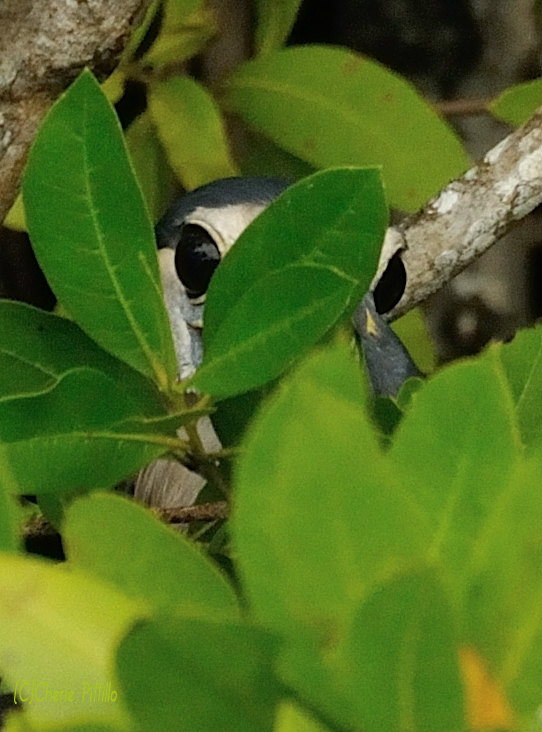

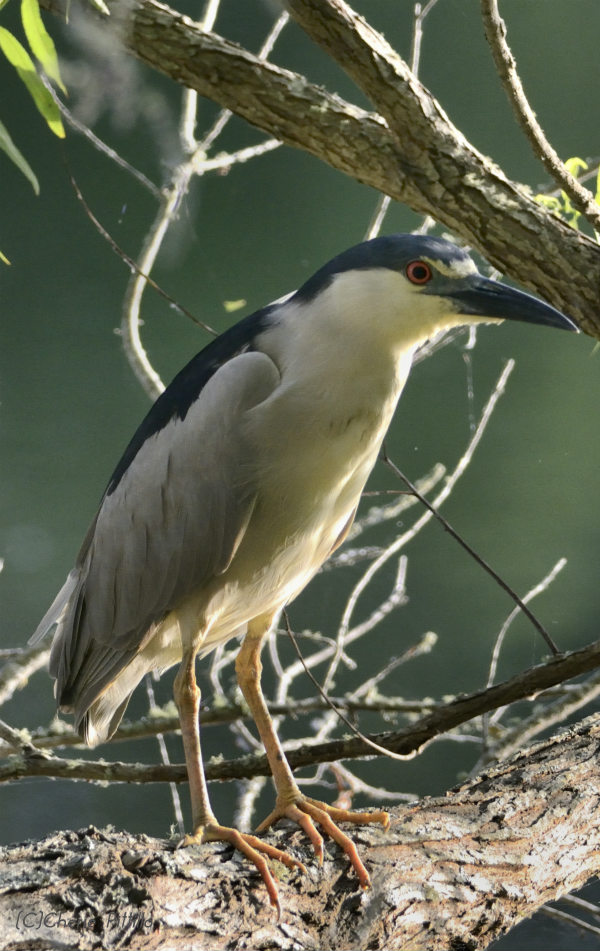
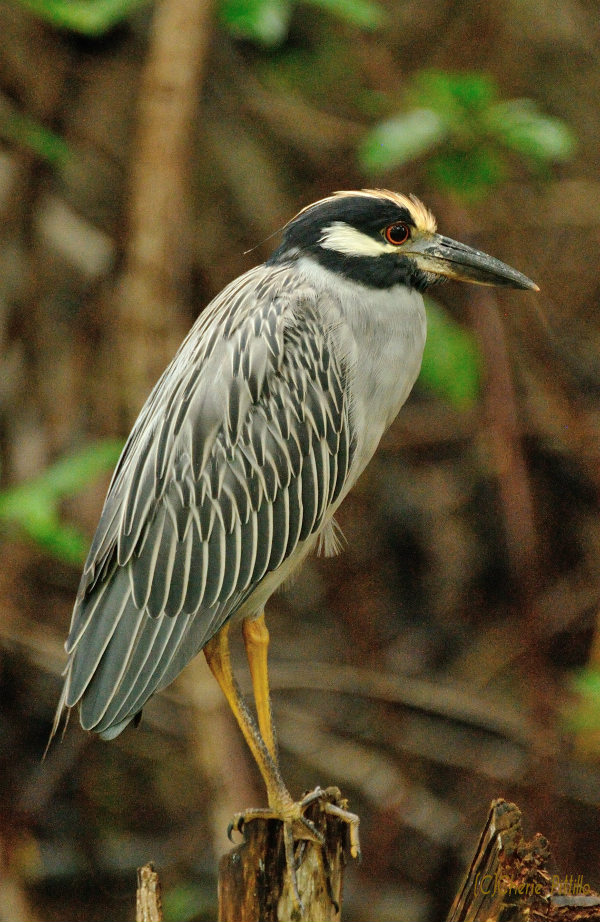
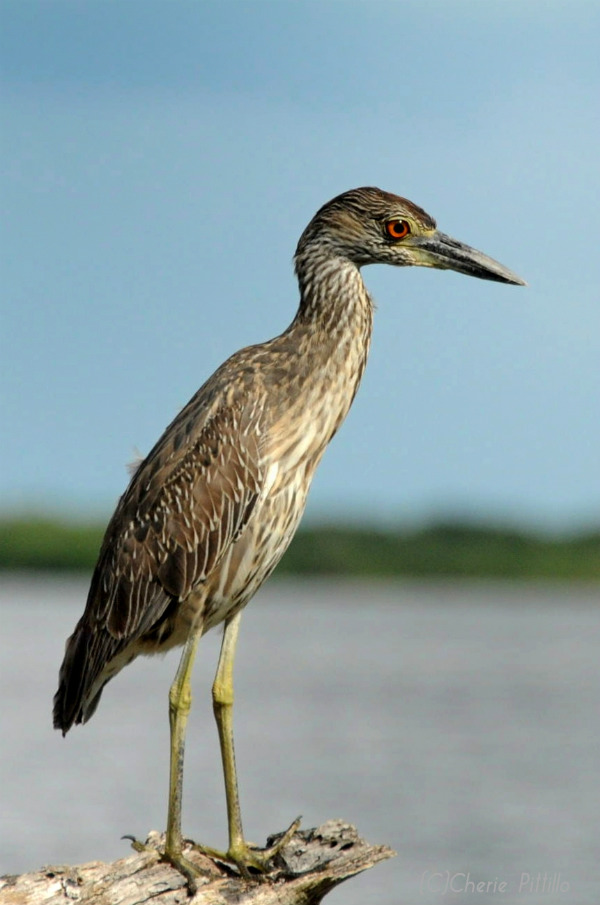

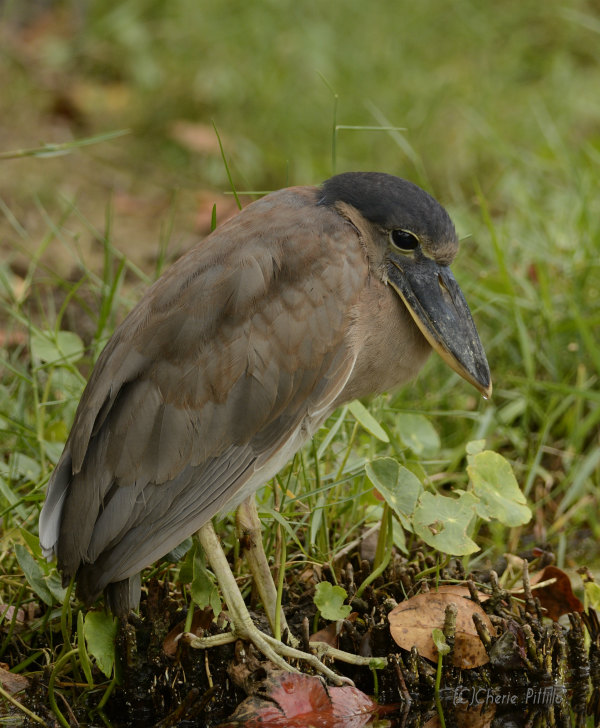
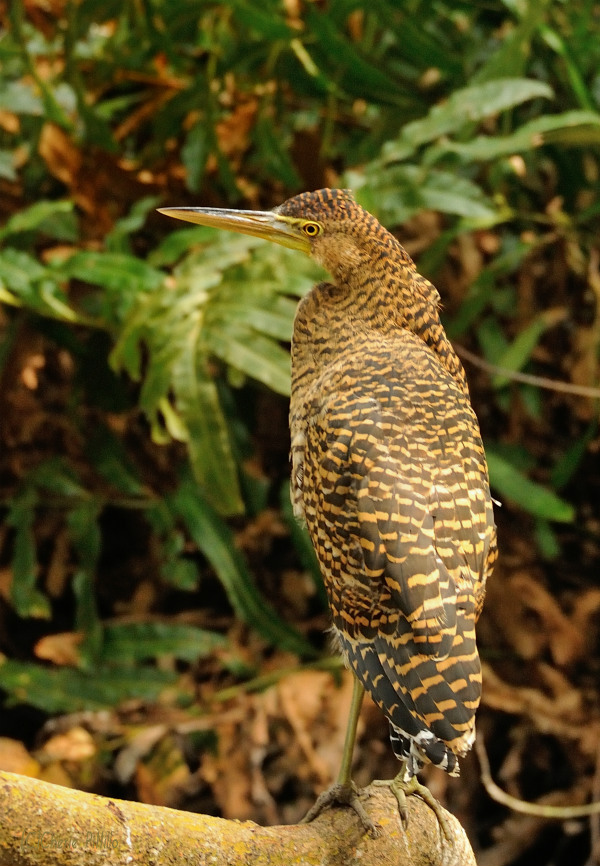
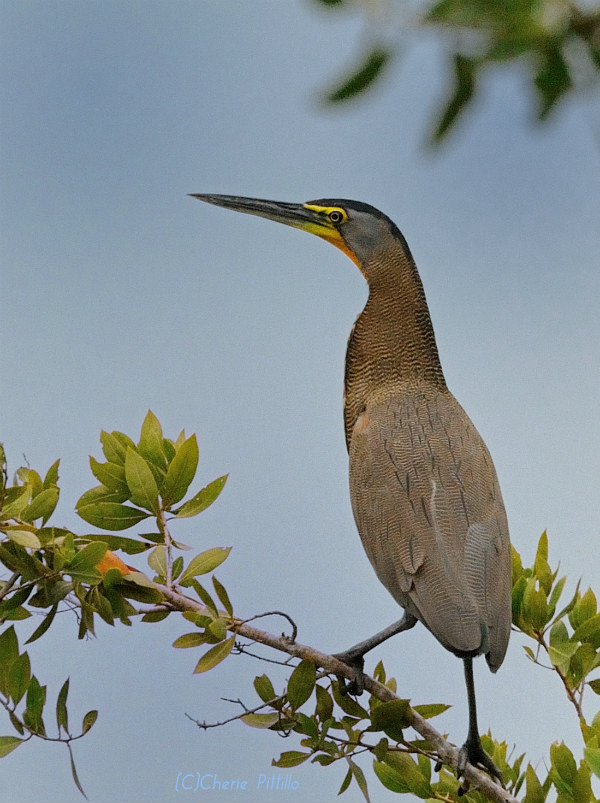

1 comment
Another terrific presentation about some more feathered friends. These youngsters have some similar “habits” shared with other kids.